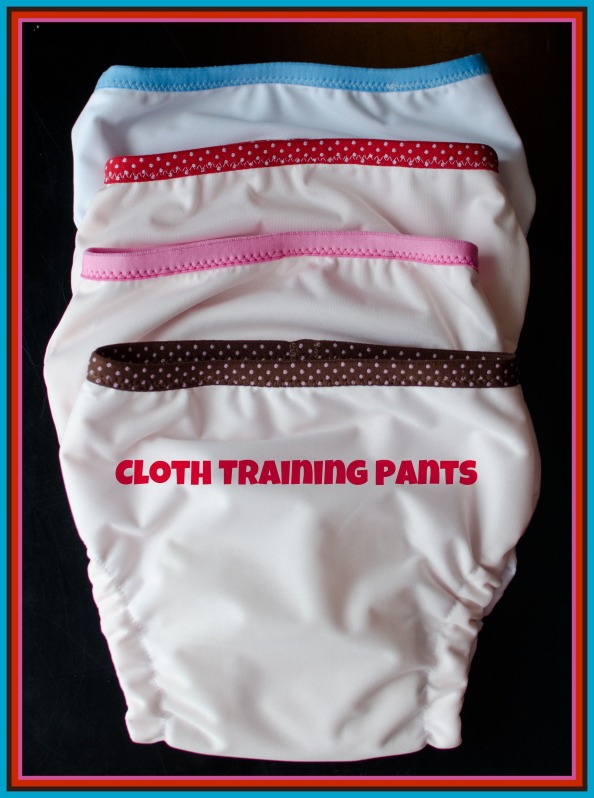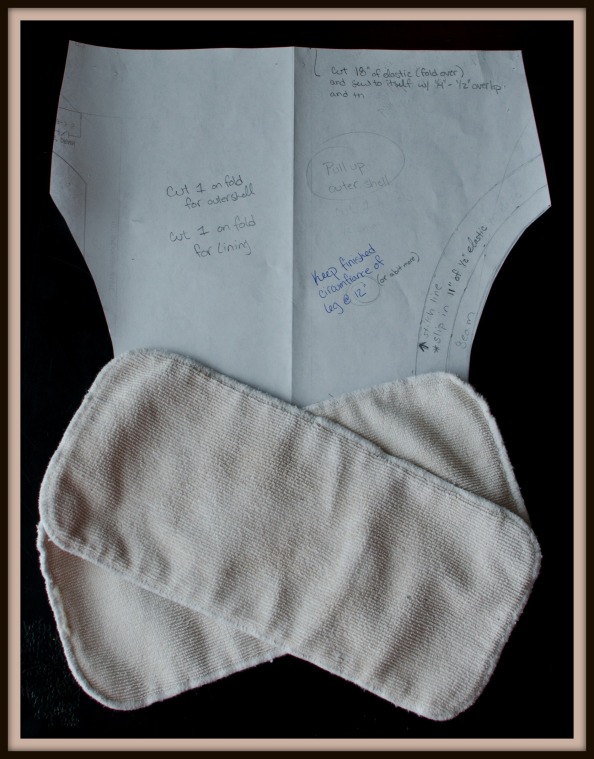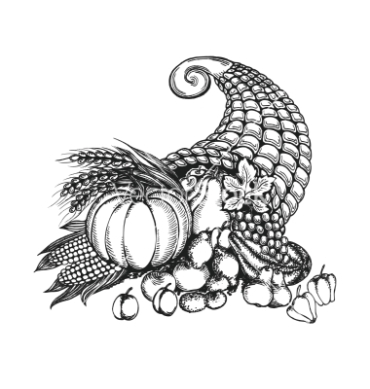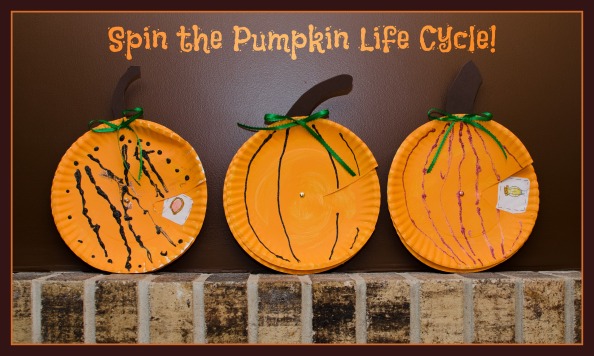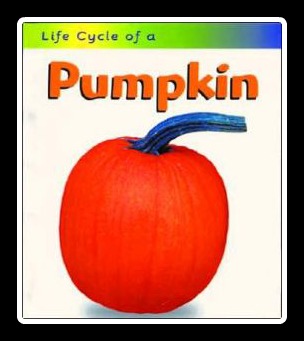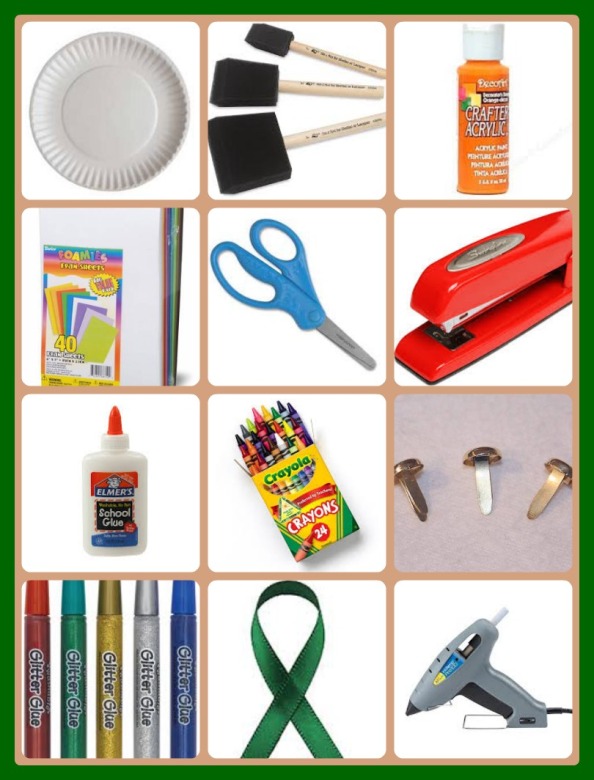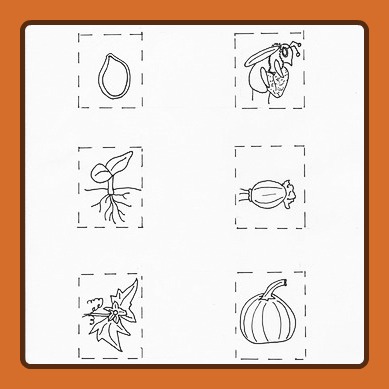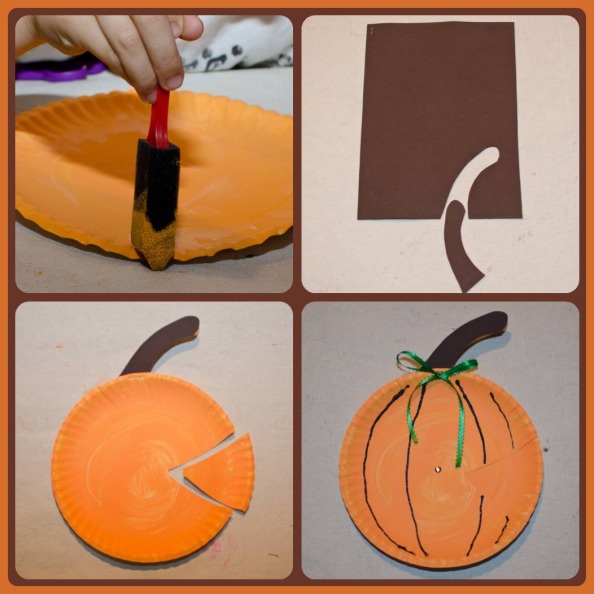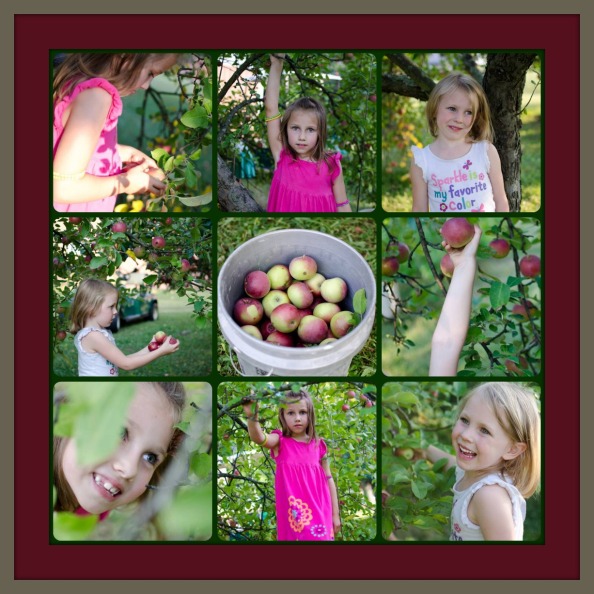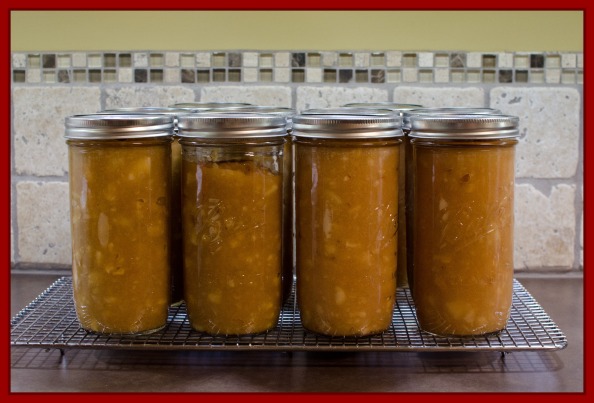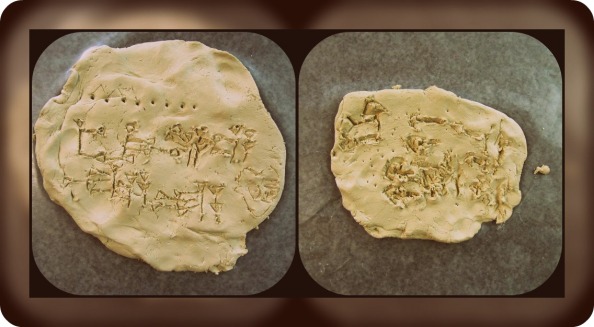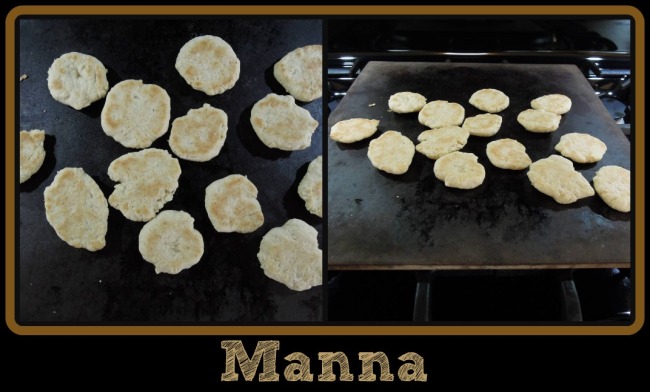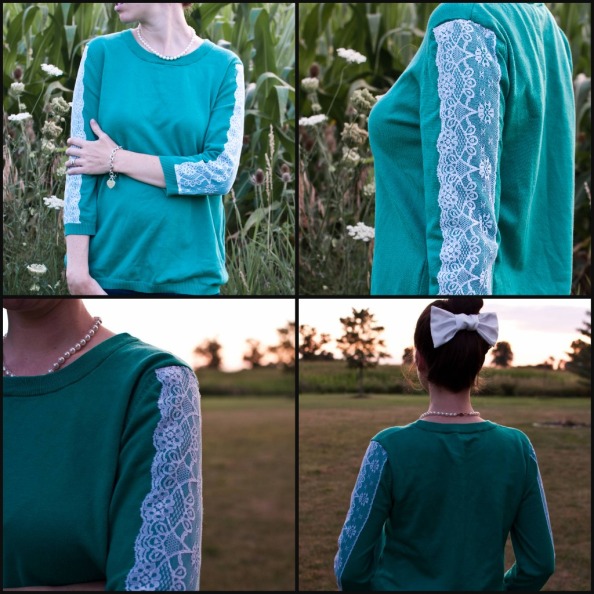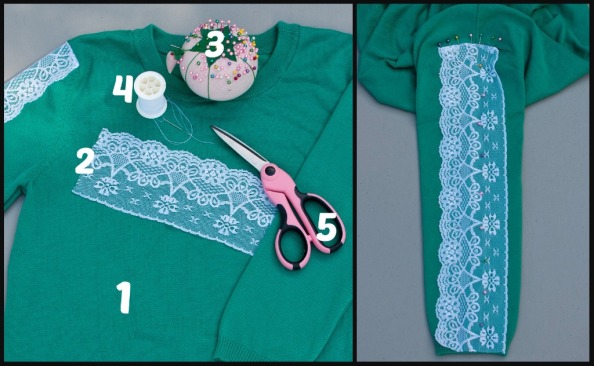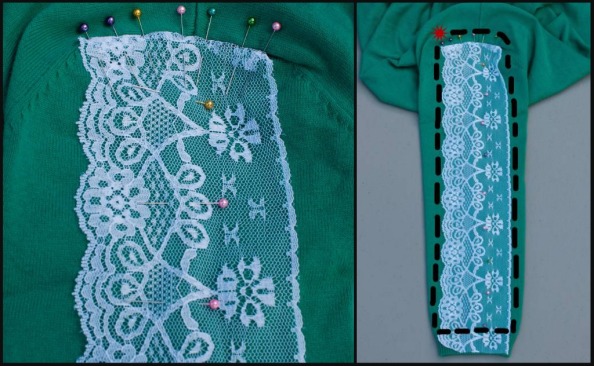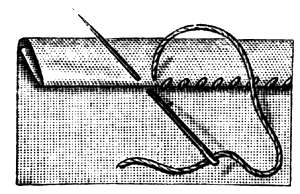This past month while grocery shopping at Costco, I became ill. Among my list of needed items were 3 different boxes of diapers together totaling $100.00.
I am traditionally a cloth diaper user. I believe in the savings and environmental benefit. I have used the same set of Bum Genius diapers for a span of four years or more on my three daughters. These have held up great through the years, but alas they finally met their end this past year. They were last graced by the bum of my three year old, who hasn’t worn them for months. She’d grown agitated with the way they fit her busy body and I’d grown agitated with their deteriorating state. So they have been boxed.
I had high hopes for transitioning smoothly from these to underwear with quick potty training. When training wasn’t so quick, I resorted to the ease of paper pull ups for my own sanity.
While standing in Costco, I came to realize that my sanity was costing me a pretty penny. I needed a box of regular store brand paper diapers to put my three year old in at night. I also needed a box of regular store brand diapers in a newborn size to see my unborn baby through until she is big enough to fit the new cloth diapers I have waiting for her. Neither of these purchases much bothered my frugal senses.
It was those darn pull ups that I had been purchasing every few weeks that made me ill. I knew of a remedy, but it too would be costly. I stood and asked myself, “Should I invest precious time and money into sewing cloth training pants?” I knew the sacrifices required in answering yes. It would mean hours of designing and sitting at my machine. It would also mean some initial investment. I ultimately decided that the wise thing to do would be to make these sacrifices in order to save the family money.
Since I had enough sense to save the absorbent inserts from my old cloth diapers, the materials I needed to make a set of 7 training pants only cost me around $50 total. Which is the equivalent of a bulk box and a half of the paper pull ups I had been consistently purchasing. I measured my little three year old and used my the shells to my old Bum Geniuses as guides to design my own pattern. After a test run and some tweaking, I had something simple I could mass produce.
I used wick-able stay dry material for the lining and pull fabric for the outer shell. Of course my favorite piece was a notion that I had never used before, but always wanted to try . . .fold over elastic. I was so excited to find these adorable colors to liven up my daughters new pants with! They turned out to be incredibly easy to sew with too.
I purposefully used the thin extra insert from my old cloth diapers as opposed to the thick heavy ones. After a few days of my three year old wearing them, my predictions rung true. A lighter insert was absorbent enough to soak up a light leak, but not enough for a full flow (if you know what I mean). I wanted this. I wanted my daughter to be uncomfortable about wetting herself (down to her socks sometimes) so that she would recognize what an accident was. These training pants provide only enough absorbency for well . . .training. They are certainly not leak proof and hopefully that will speed up the process of getting her potty dependent and permanently in big girl underwear.
So far I have put these new training pants through several washes and they are holding up great. They are also forcing me and my little girl to committing to the potty training process. The paper pulls ups gave us too much room for laziness, since they behaved much like a regular diaper in absorbency. Lord willing I will have number three potty trained soon and only number four to be born will require diapers!
